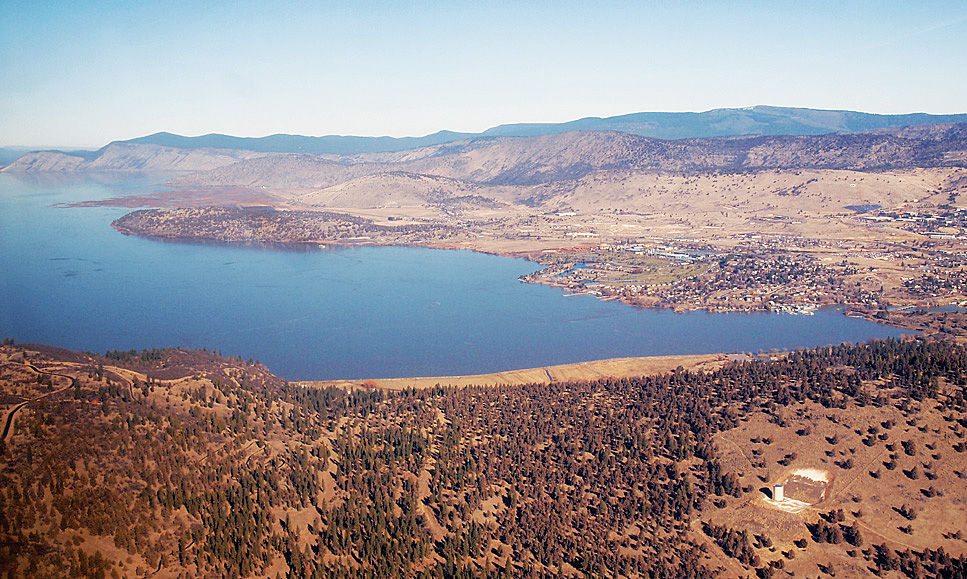According to Oregon Water Resources Department (OWRD) Watermaster Tyler Martin, OWRD received a letter from the Klamath Tribes calling on their water rights on May 13.
The letter requested the department investigate stream flows at 13 upper Basin water monitoring stations. Martin said the only waterway that has been regulated is Fort Creek in Fort Klamath.
“A lot of these streams get much of their flow from springs, and then it’s supplemented by precipitation of some kind or another,” Martin said.
Martin said Fort Creek was flowing about 20 cubic feet per second (cfs) less than specified instream flows outlined in a 2014 good-faith water settlement between upper Basin irrigators and the Klamath Tribes.
According to OWRD adjudication regulation, surface water rights are based on priority date of property claims.
The older the claim date, the more senior the water right — junior water users can have irrigation supplies shut off if a senior water right makes a claim to that water.
The Klamath Tribes have a “time immemorial” right, making them the most senior water users in the Basin.
The good-faith agreement states that the Tribes will lessen how much water they call on to fulfill their water right in return for upper Basin landowners working to restore riparian areas and to improve overall watershed health.
Martin said three OWRD staff members are in the process of determining whether the other calls are valid. Martin could not say when a decision on whether to regulate other waterways will be finalized.
“We’re working on it,” he said.
According to Martin, Fort Creek has been regulated at three irrigation diversions. He said irrigators with water rights junior to 1864 have been shut off. Irrigators with 1864 — the most senior right second to the Klamath Tribes — have not been shut off, but they are receiving less water than their right calls for. He said 1864 irrigators are essentially “sharing” water.
Martin said Thursday the Wood River is roughly 40 cfs below specified instream flows.
“Once that is validated in an official way, we’ll probably see some regulation,” he said.
Martin said levels in the Williamson change daily. He declined to speculate whether irrigators who receive diversions from the Williamson will be regulated.
Martin said Sprague River flows currently appear to be at levels that do not require regulation, but the river’s tributaries may be regulated.

